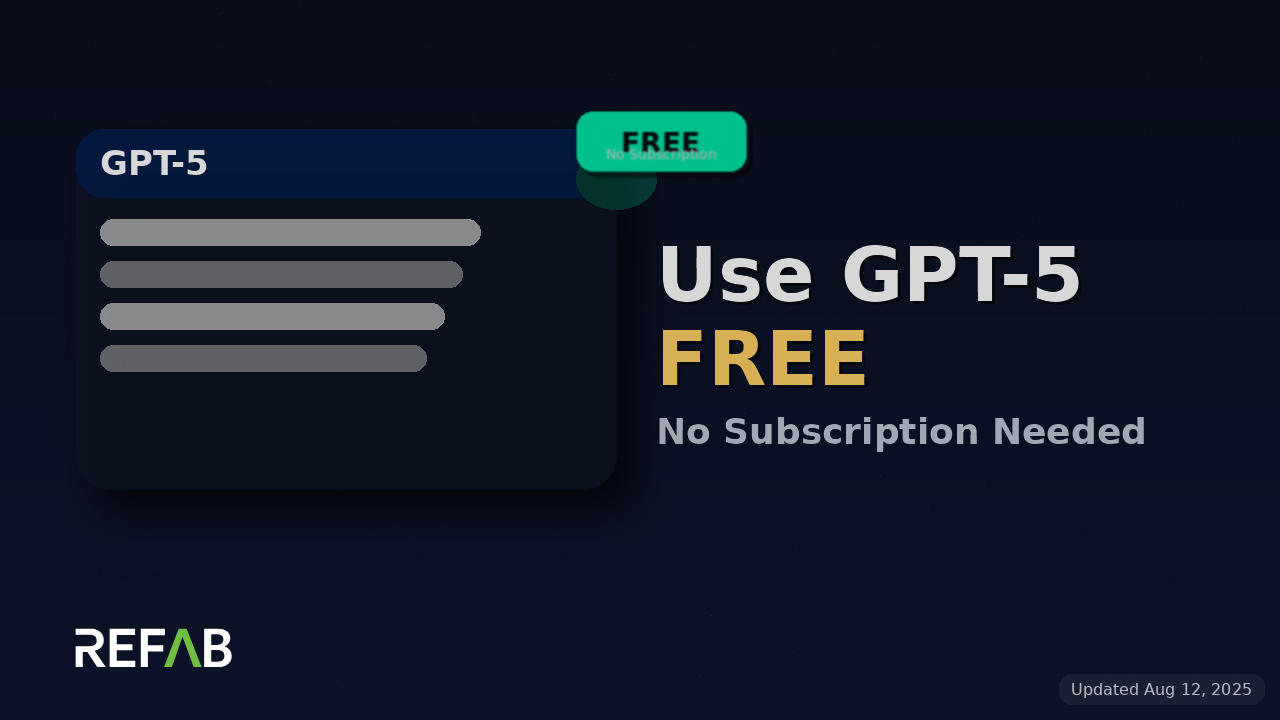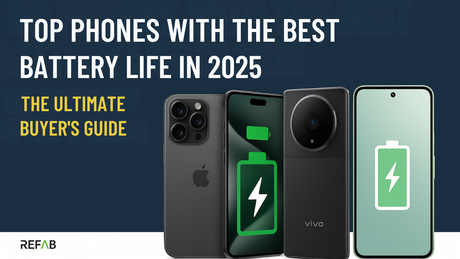Intro: Why this matters today
GPT-5 is the most capable general-purpose model OpenAI has released. It can write, debug code, reason through complex tasks, and assist with research and creative work faster and more reliably than prior versions. The good news for everyday users: there are legitimate, no-cost paths to use GPT-5 right now. This guide walks you through how to get access, what free users can expect, smart ways to make your free messages count, and when a paid upgrade makes sense.
How to get started (step-by-step)
1 — Use the ChatGPT free account
- Create an OpenAI/ChatGPT account or sign in to an existing one.
- Open the ChatGPT web app or the ChatGPT mobile app.
- Start a new chat and choose GPT-5 if it’s the default or available. If your account is on the free tier you’ll be routed to the free allocation of GPT-5 and may see usage counters or notices about limits.
What to expect: Free users can run most conversational and creative tasks. For especially heavy or complex requests, the interface might indicate a special extended-reasoning mode or temporarily switch to a lighter model when the free quota is reached.
2 — Try Microsoft Copilot and related integrations
Microsoft is rolling GPT-5 into Copilot experiences across Windows, Microsoft 365, GitHub Copilot, and other products. If you use Microsoft apps, check the Copilot or Copilot Chat features — some Copilot entry points let general users try advanced model features without directly subscribing to OpenAI.
Why this matters: Copilot integrates GPT-5 into productivity apps (Word, Excel, Outlook, Visual Studio, etc.), which makes it easy to use GPT-5 inside real workflows.
3 — Look for third-party platforms and previews
Several third-party services and newer chat apps are offering access to GPT-5 either as free trials, freemium usage, or limited previews. These platforms can be useful alternatives when the free ChatGPT allocation is limited, but exercise caution and verify their privacy and data-handling terms before using them.
What free users can and can’t do (practical summary)
- Usage limits: Free accounts have an allotted number of GPT-5 messages per window. After the free quota is used, you’ll move to a smaller/mini model or see a temporary lock until the quota resets.
- Extended reasoning: Free users typically have a small daily allowance of a higher-thinking or “extended reasoning” message for deep problems. Use that allowance sparingly.
- Tools & uploads: many conversational tools (file uploads, voice, image inputs) are available to free users but often with tighter limits versus paid tiers.
- No guaranteed priority: free users do not receive priority compute during peak loads, so responses may be slower when demand surges.
Smart ways to stretch your free GPT-5 access
- Batch related requests: ask for multiple outputs in a single prompt (e.g., "Give me three blog outlines, each 3 bullets long").
- Use strict output constraints: tell the model exact format and length to avoid long, token-heavy outputs.
- Draft locally, refine with GPT-5: create a rough draft in your editor and use GPT-5 only for editing, summarizing, or refining.
- Save “thinking” for the toughest question: if you have a daily extended-reasoning allowance, plan the most important query for that slot.
- Re-use custom system prompts: begin chats with a quick system instruction (tone, length, structure) so follow-ups consume fewer tokens.
Examples: prompts that save your messages
- Short answer, fixed format: “Summarize the following text in three bullets, each ≤20 words.”
- Code helper: “Given the function below, return only the corrected function and a one-line explanation.”
- Content pack: “Create 4 headlines, a 40-word intro, and 3 social captions — label each section clearly.”
Using such structured prompts reduces back-and-forth and preserves quota.
When it’s worth paying for Plus/Pro or an enterprise plan
Consider an upgrade if you need:
- Much higher or uninterrupted message volume.
- Priority access, faster responses, and predictable performance.
- Advanced features like longer context windows, guaranteed uptime for business workflows, or enterprise controls for data.
For casual or intermittent use, the free tier often suffices.
Quick FAQ
Q — Is GPT-5 completely free?
A — You can access GPT-5 without paying, but free access comes with limits and occasional feature restrictions.
Q — Can I use GPT-5 for coding tasks?
A — Yes — GPT-5 is especially strong at code generation and debugging; many integrations (e.g., GitHub Copilot) bring that power into developer tools.
Q — Are there trustworthy free alternatives?
A — Open-source and hosted LLMs can cover many tasks and may be cheaper for high-volume or private workloads, but they vary widely in capability.
Final checklist — try GPT-5 today
- Sign in to ChatGPT (or create an account).
- Try a structured one-shot prompt to test your free allocation.
- If you use Microsoft products, check the Copilot chat inside your apps.
- Use batching and structured prompts to save quota.
- Keep sensitive data out of chats and read each platform’s privacy notice.
Closing note
GPT-5 brings powerful capabilities to everyday users, and the free tier is a practical way to try those capabilities without commitment. Use deliberate prompts, plan when to use your extended-reasoning allowance, and combine GPT-5 with local tools to get the most value. If your work grows beyond casual use, a paid plan or a dedicated integration will be the logical next step.








